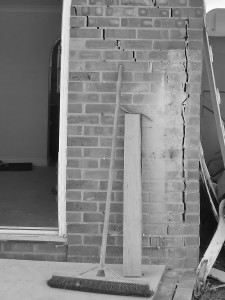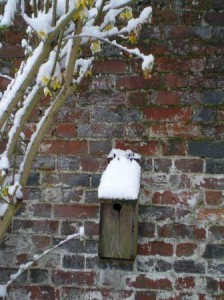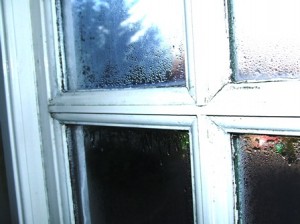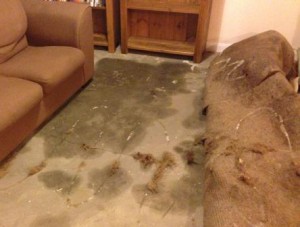 We recently undertook an insurance reinstatement repair contract in Compton, Berkshire.
We recently undertook an insurance reinstatement repair contract in Compton, Berkshire.
The semi-detached property had suffered a central heating leak within the floor screed. It could not be determined how long the leak had been established but the whole ground floor screed was saturated. The client appointed us to liaise with the insurance company and their appointed loss adjuster.
We visited the site, assessed the damage and advised the loss adjuster of the works required. We drew together a schedule of works, which we issued for competitive tender. We ensured a contractor was appointed to undertake the works and attended regular site meetings to ensure works were completed within the four week contract period. Our role included liaising regularly with the client to ensure that decisions regarding finishes were made in good time to prevent any delay to the contract and to enable the client to move back from their alternative accommodation as quickly as possible.
Overall, the issue was dealt with within a four month period, from the date the loss was discovered to completion. Our involvement in this project reduced the cost of the claim to the insurer, ensured that the property was sufficiently restored to its pre-loss condition, and enabled the client to be satisfied that works had been undertaken and specified properly.
During the contract period, we were also able to incorporate some amendments and alterations to the ground floor space that the client desired and we were able to clearly separate and demonstrate to the Insurer which works were part of the insured loss and which were undertaken privately for the client.
On completion we certified all works and valued them and made sure the contractor was duly paid. We are pleased to have been able to provide our services and without our involvement it is highly likely that works would not have been completed in the time and to the quality to which they were.
If you’re in need of a Chartered Surveyor to help oversee some insurance reinstatement works, contact RMA Surveyors Ltd on 01635 579208 or complete the enquiry form and we’ll get in touch.
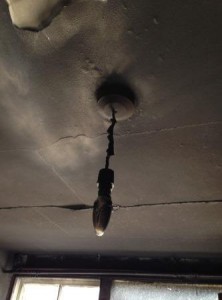
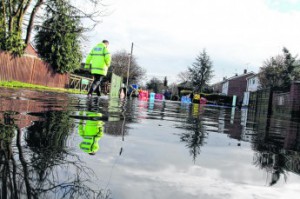
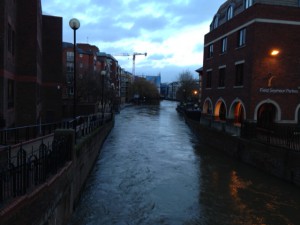
 The current flood agreement between the Government and the Association of British Insurers comes to an end at the end of June 2013. Negotiations to continue providing affordable premiums to those most vulnerable to flooding are seemingly at a grinding halt.
The current flood agreement between the Government and the Association of British Insurers comes to an end at the end of June 2013. Negotiations to continue providing affordable premiums to those most vulnerable to flooding are seemingly at a grinding halt.